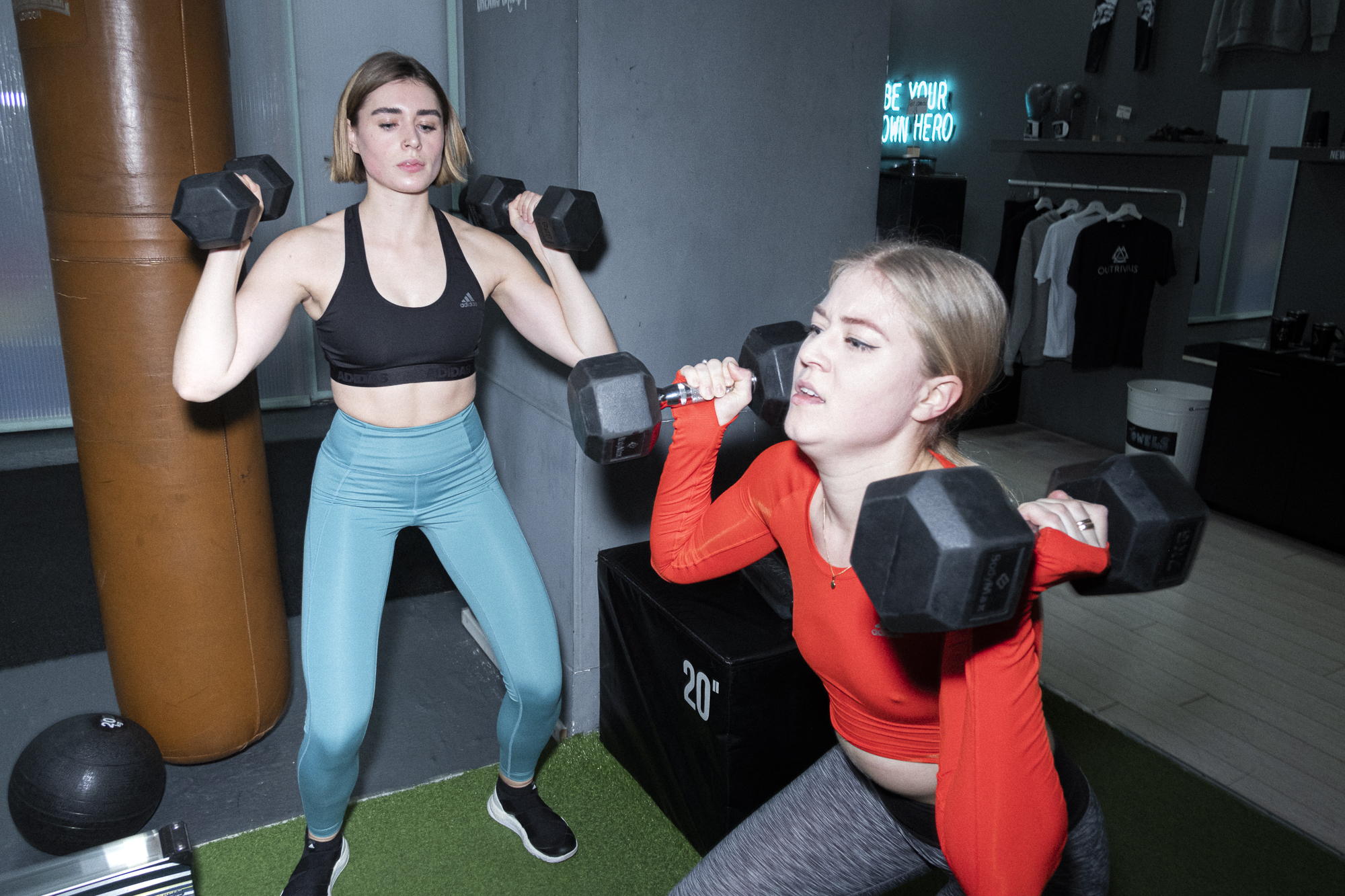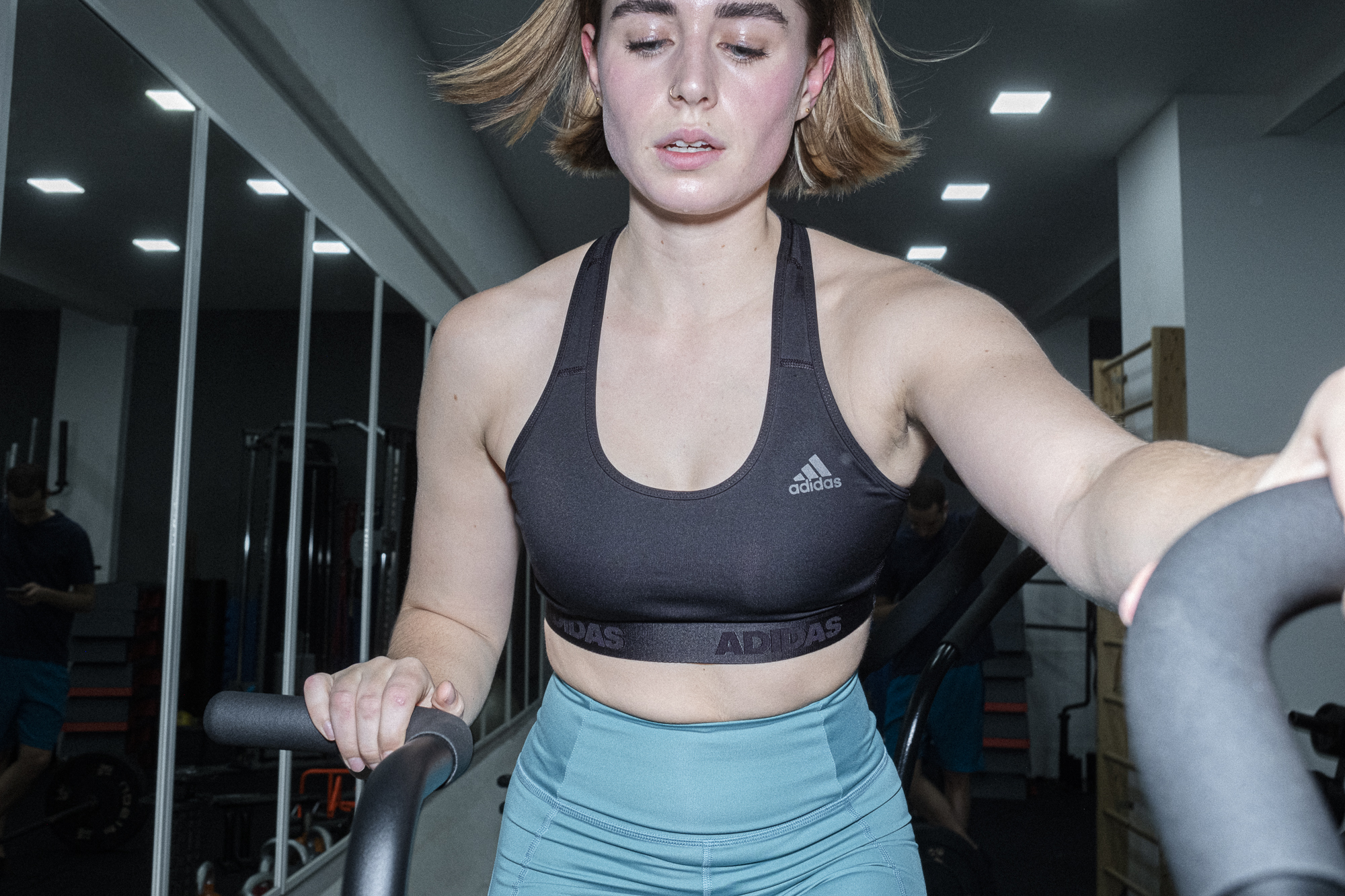How to Get Fit If You Only Have One, Two Or Three Days a Week to Do It
Credit to Author: Moya Lothian-McLean| Date: Fri, 03 Jan 2020 14:34:14 +0000
It's January, meaning you're ready to get fit. Subscribing to Joe Wicks' YouTube channel ready. Joining an actual, full-on gym ready. But, like most people, you also have long working days, a social life or merely a date with the upcoming series of Winter Love Island. So how do you maximise results in the minimum amount of time?
I spoke to three expert trainers about how to squeeze the most out of the sweat box, whether you manage to make it one, two or three days a week.
FAT LOSS AND BODYBUILDING
Weston West is a former footballer, mixed martial artist and personal trainer who specialises in bodybuilding, fat loss and sports performance. If your goal is tighter, faster, stronger, he's your guy.
ONE DAY A WEEK
"If the aim is to develop muscle and burn fat, and you're going once a week and only have under an hour, I would suggest a mixture of resistance training and high intensity (HIIT) training.
"Start with the resistance training [training using external 'resistance' weights, like dumbbells or body weight, to strengthen muscles, i.e. lifting weights or doing press-ups] and do a full body session with a focus on compound movements. These are moves that work more than one muscle at once, like squats, deadlifts and shoulder presses.
"Follow the resistance training with high intensity cardio circuits – e.g. a minute of jumping lunges or sprints, and throw some bodyweight exercises, like push-ups, into that. You could also mix it up by doing resistance exercises back-to-back, with a small HIIT interval in between."
TWO DAYS A WEEK
"With two days of 30 to 45-minute sessions, still stick to resistance training and HIIT hybrids. But two opportunities to train means you can either do two full body sessions or one upper body session and one lower body session.
"If you're an absolute beginner, stick to full body to start with. Recovery rate is also important – if it takes you a while to recover after a full body session on Tuesday, then repeating that on Thursday or Friday isn't ideal. But if you do an upper body on Tuesday, then your legs will be fine for a lower body session later in the week."
THREE DAYS A WEEK
"I'm a massive fan of the push/pull/legs programme, with a high intensity element. This basically means one day you do resistance push exercises – things like press-ups, bench presses, shoulder presses. The second day you focus on pull exercises – seated rows, lat pulldowns, bicep curls, deadlifts. And on the final day focus on your legs in general. But you add in the HIIT at the end – so you spend 30 minutes doing resistance exercises and the last 15 minutes doing HIIT circuits to get the fat burning element in there."
OUTSIDE OF THE GYM
"The basis of any plan to get fitter or to develop muscle has to have an adequate and appropriate nutritional plan in place. If your goal is to lose fat, you have to maintain a calorie deficit, AKA eating fewer calories than you normally would.
"I also always recommend extra stretching – just ten minutes in the morning and ten minutes in the evening is hugely beneficial and helps the muscles recover. Put a yoga for beginners video on YouTube, and stretch."
STRENGTH AND IMPROVING FORM

Hannah Lewin is a personal trainer working exclusively with women, with a non-aesthetic focus. She and her clients hone in on strength, improving form and stamina. If your goal is to get stronger, without worrying about fat loss, she's for you.
ONE DAY A WEEK
"With one session a week in the gym, you need to be looking at a full body approach. Work top to bottom, with big compound moves – the chest press, the deadlift, etc. Also make sure you have different movement patterns in the form of push, pull and hinge movement [e.g. deadlift] exercises.
"When increasing strength, you've also got to look at progressive overload. So roughly every six weeks, you want to look at overloading to make sure you're not plateauing. It can come in different forms: it could be increasing the amount of weight you're lifting or increasing the repetitions of an exercise you do, or just decreasing rest time between sets."
TWO DAYS A WEEK
"I still think total body approach is best for two days a week, although you can split this into an upper body and lower body-focused approach. But stick to total body, with perhaps a variation in volume between day one and day two."
THREE DAYS A WEEK
"With three days a week you can split into a push/pull/full body schedule. Push exercises, pull exercises and then a full body day, with variations on volume. Maybe day one is more moderate in volume and sets a baseline for the week and you build it up, until day three is your highest volume workout. Then that gives you several days to recover. If the gym's really busy, just get a couple of dumbbells – there’s nothing on a machine you can’t replicate with free weights and a mat."
OUTSIDE OF THE GYM
"The key is resting. Walking will also aid recovery, keeping your joints moving and not being too sedentary. If you can, also get a sports massage – that will release muscle pressure."
CARDIOVASCULAR FITNESS

Chris Eastwood is a Group Exercise Instructor at Virgin Active, Nuffield Health and David Lloyd Harbour Club in central London. He teaches a range of classes, including Body Attack (sports cardio), Body Pump, Spinning, a bar bell workout and Body Balance (a holistic workout mixing elements of Tai Chi, yoga and pilates).
ONE DAY A WEEK
"Go to either a 30-minute HIIT class or a VIIT class (Variable Intensity Interval Training). It means you'll be switching between weightlifting and cardiovascular work, like mixing bodyweight movements and short circuits, but also bringing in things like yoga and pilates. There's a class called Grit I would recommend."
TWO DAYS A WEEK
"I'd recommend doing two different classes: one gains class, like Body Pump, and then a cardio-based HIIT class like spinning, so you're using different muscle fibres. You could also stick with one well-rounded VIIT class, which gets in a strength element, a cardio element and a mobility element. Then, depending on how you're feeling that week, vary the second session."
THREE DAYS A WEEK
"I'd do one weights session, one really good cardio/HIIT class and one yoga or pilates class. So you’re getting a really rounded sense of fitness and all the foundation blocks for a healthy body."
OUTSIDE OF THE GYM
"Incorporate stretching into your workout. Don’t just see it as an optional extra; it’s a vital part of your routine. Spend 10 to 15 minutes using a foam roller after each workout, otherwise the problems that occur will very quickly start to outweigh any benefits you see from exercise."
This article originally appeared on VICE UK.